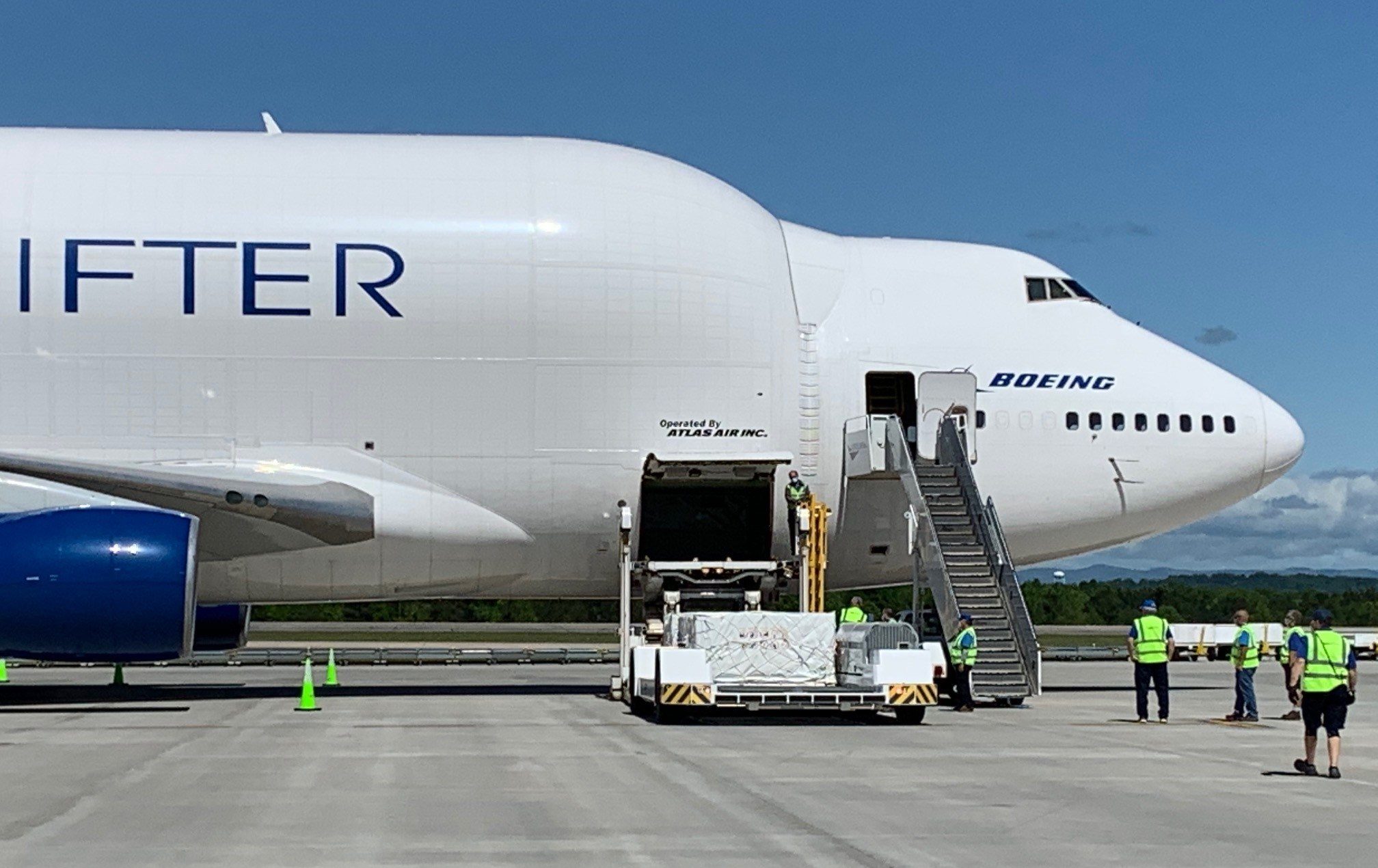Containerised US imports reached an all-time high this summer as retail sales bounced back from the pandemic and merchants replenished inventories and stocked up early for the holiday season, according to the monthly Global Port Tracker report released today by the National Retail Federation and Hackett Associates.
“After staying at home this spring, consumers are buying again and retail supply chains are working overtime to keep up with demand,” NRF Vice President for Supply Chain and Customs Policy Jonathan Gold said.
“Nothing about this year is predictable, but retailers are making sure their shelves and warehouses are well-stocked for the holidays. They are also stocking up earlier than usual because they know many consumers will be shopping early this year to avoid crowds and shipping delays. Some holiday merchandise that normally wouldn’t arrive until Halloween is already here.”
US ports covered by Global Port Tracker handled 2.1 million Twenty-Foot Equivalent Units in August, the latest month for which after-the-fact numbers are available.
That was up 9.7 percent from July and up 8 percent year-over-year. It was the highest number of containers imported in a single month since NRF began tracking imports in 2002, beating 2.04 million TEU seen in October 2018 ahead of a scheduled tariff increase. A TEU is one 20-foot-long cargo container or its equivalent.
September was estimated at 2.08 million TEU, a 10.9 percent year-over-year increase. September’s actual total won’t be known until next month but could become the second-highest month on record. October is forecast at 1.86 million TEU, down 1.1 percent year over year.
Those numbers would amount to a record 7.96 million TEU during the July-October “peak season” when retailers rush to bring in merchandise for the winter holidays, topping 7.7 million TEU in 2018. Three-quarters of peak season imports – an estimated 6.1 million TEU – have already arrived, preparing retailers for the early shopping NRF expects this year.
November is forecast at 1.61 million TEU, down 5.1 percent year-over-year, and December at 1.53 million TEU, down 11.2 percent. That would bring 2020 to 20.5 million TEU, a drop of 4.9 percent from last year to tie 2017 for the lowest annual total in three years. The first half of 2020 totaled 9.5 million TEU, down 10.1 percent from last year.
January 2021 is forecast at 1.67 million TEU, down 8.2 percent from January 2020, while February is forecast at 1.49 million TEU, down 1.5 percent year-over-year.
Hackett Associates Founder Ben Hackett said the summer import growth reflects retail sales that have seen year-over-year gains each month since June, including 2.6 percent in August.
“The US economy is beating forecasts with consumption up and imports setting new records,” Hackett said. “Retail sales are a big part of consumer spending, so one would expect to see an increase when the economy improves and consumers are confident. But less than six months after the biggest decreases on record this spring, retail sales have bounced back to pre-crisis levels.”
Global Port Tracker, which is produced for NRF by the consulting firm Hackett Associates, provides historical data and forecasts for the U.S. ports of Los Angeles/Long Beach, Oakland, Seattle and Tacoma on the West Coast; New York/New Jersey, Port of Virginia, Charleston, Savannah, Port Everglades, Miami and Jacksonville on the East Coast, and Houston on the Gulf Coast.
The report is free to NRF retail members, and subscription information is available at NRF.com/PortTracker. Subscription information for non-members can be found at www.globalporttracker.com.

